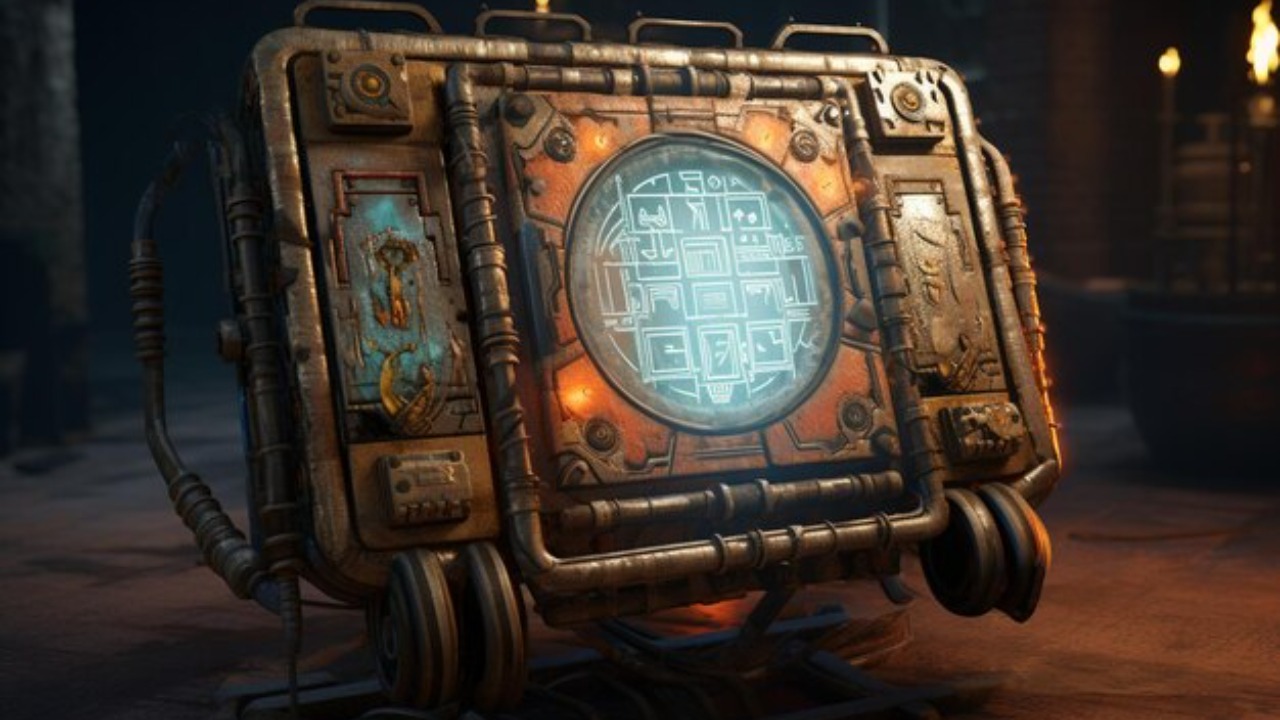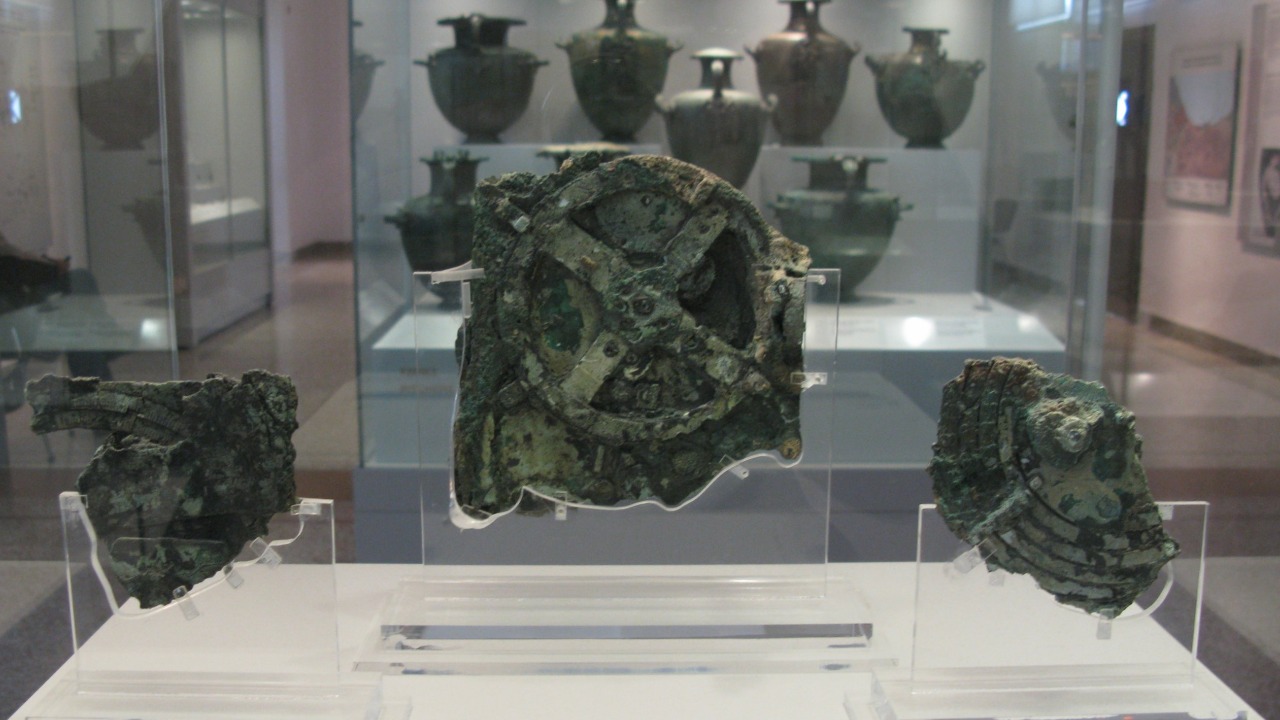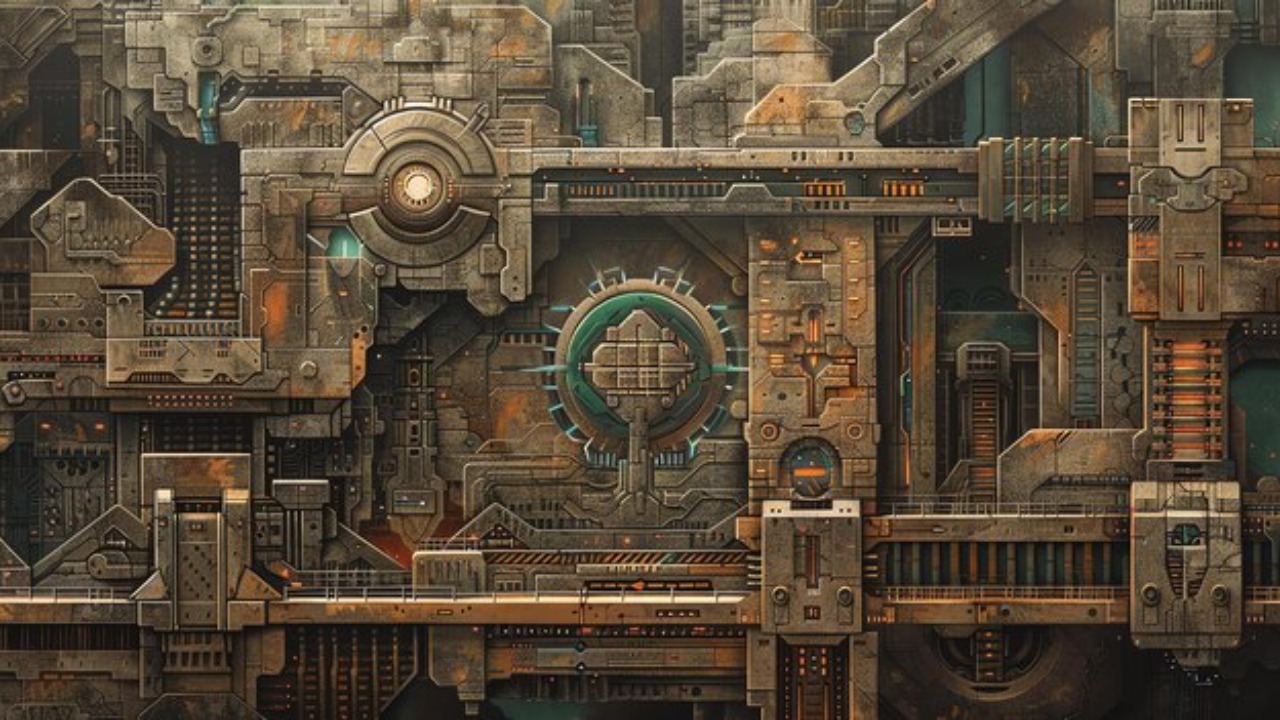
Throughout history, numerous ancient technologies have left researchers and historians pondering the true capabilities of early civilizations. Were they more advanced than we give them credit for? By examining various artifacts and theories, it’s possible to gain a fresh perspective on the sophistication of our ancestors, potentially challenging conventional views of their capabilities.
The Enigma of Ancient Engineering

The Pyramids and Megaliths
The construction techniques of the pyramids and other megalithic structures have long fascinated researchers. The precision with which these massive stones were cut and placed raises questions about the tools and knowledge ancient builders possessed. Some theories suggest that these structures were not just tombs or monuments but also served a higher purpose, possibly related to astronomy or even energy generation.
Significant attention has been paid to the Great Pyramid of Giza, with its alignment to the cardinal points and proportions that reflect mathematical constants. Similarly, other megaliths around the world, such as Stonehenge and the Moai statues of Easter Island, demonstrate a level of engineering acumen that challenges our understanding of prehistoric societies.
Roman Concrete and Engineering
The durability and composition of Roman concrete have sparked intrigue among modern engineers. Unlike modern concrete, which can degrade over time, Roman concrete has withstood millennia of exposure to the elements. This longevity is attributed to a unique mixture of volcanic ash, lime, and seawater, creating a chemical reaction that strengthens over time.
This ancient technology underscores the Romans’ engineering prowess and raises questions about other potential innovations that might have been lost over time. Their aqueducts and expansive road networks demonstrate a sophisticated understanding of urban planning and civil engineering.
Lost Technologies and Forgotten Knowledge

Antikythera Mechanism
The Antikythera Mechanism, discovered in a shipwreck off the coast of Greece, is a testament to the advanced technological capabilities of ancient civilizations. This intricate device, often described as the world’s first analog computer, was used to predict celestial events and eclipses with remarkable accuracy.
The complexity of the mechanism, with its intricate gears and precision engineering, suggests that ancient Greeks possessed a deep understanding of astronomy and mechanics. This discovery challenges assumptions about the technological limits of ancient societies and highlights the potential for other lost technologies awaiting rediscovery.
Damascus Steel and Metallurgy
The art of creating Damascus steel, known for its distinctive patterns and remarkable strength, represents a lost metallurgical technique that still puzzles modern scientists. Ancient blacksmiths produced blades that were not only visually stunning but also superior in terms of durability and sharpness.
Understanding how ancient civilizations achieved such technological feats in metallurgy could offer insights into their broader scientific knowledge. The lost art of Damascus steel serves as a reminder of the depth of ancient wisdom that has yet to be fully understood or replicated.
Possibilities of Prehistoric Civilizations

Silurian Hypothesis
The Silurian Hypothesis posits that technologically advanced civilizations could have existed many of years ago, leaving behind minimal traces. This controversial idea invites us to reconsider the timeline of human development and the possibility of forgotten civilizations that predate known history.
While direct evidence remains elusive, the hypothesis encourages a reexamination of geological and archaeological records, potentially uncovering remnants of ancient societies that have been overlooked or misinterpreted. This idea challenges the conventional narrative of human progress and opens the door to new possibilities.
Myths and Oral Traditions
Ancient myths and legends often contain elements that resonate with historical events or scientific phenomena. These stories, passed down through generations, may hold kernels of truth about forgotten advanced societies. For instance, tales of great floods or cataclysmic events could be rooted in real geological occurrences.
Examining these narratives with a critical eye can reveal insights into the lives and beliefs of early civilizations. By decoding these stories, we may uncover clues about past technologies, societal structures, and interactions with the natural world.
Interpreting Ancient Myths and Their Scientific Echoes

Myths as Historical Records
Myths often serve as repositories of cultural knowledge, encoding scientific and historical information in allegorical form. Analyzing these stories can offer a new perspective on ancient technologies and societal advancements. For instance, myths describing flying machines or advanced weapons may symbolize sophisticated technologies that have since been lost.
By recognizing the potential of myths as historical records, we can bridge the gap between ancient wisdom and modern scientific inquiry. This approach encourages the integration of traditional knowledge with contemporary research, fostering a deeper understanding of our collective past.
Quantum Entanglement and Galactic Myths
Some galactic myths from extinct civilizations may offer insights into complex scientific phenomena, such as quantum entanglement. These narratives, often dismissed as mere folklore, could provide valuable clues about the scientific understanding of ancient peoples.
Exploring these myths with an open mind can lead to a greater appreciation of the interconnectedness of ancient cultures and their knowledge systems. This approach not only enriches our understanding of history but also informs contemporary scientific exploration and discovery.
The Implications for Modern Science and Technology

Inspiration from Ancient Innovations
Modern technology can draw inspiration from ancient inventions and methodologies, offering new solutions to contemporary challenges. By studying the ingenuity of past civilizations, we can develop innovative approaches to sustainable development and resource management.
Ancient technologies, such as water management systems and architectural techniques, provide valuable lessons for addressing today’s environmental and societal issues. Embracing this wisdom can lead to advancements that honor the past while shaping a sustainable future.
Reevaluating Historical Timelines
New discoveries necessitate a reassessment of historical timelines and the development of human civilizations. By challenging established narratives, we open the door to a more nuanced understanding of human progress and the factors that have shaped our evolution.
Continued research and exploration of archaeological sites are crucial for uncovering the secrets of ancient technologies and societies. By preserving these sites, we ensure that future generations have the opportunity to learn from and build upon the achievements of their ancestors.